Last Updated on September 12, 2025 by teamobn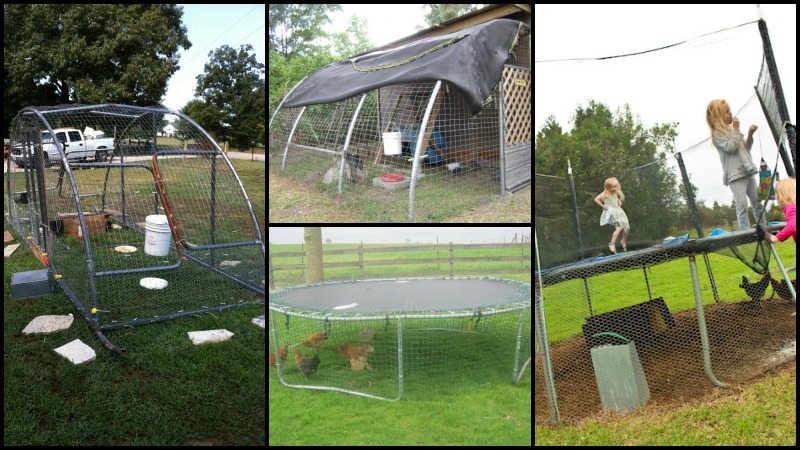
Have you got a trampoline that could do with a new life? Why not turn it into a DIY trampoline chicken coop?
Old trampolines could be more than just a backyard bounce fest. With a little creativity and a DIY attitude, you can transform that forgotten trampoline into the ultimate chicken coop!
It is the perfect project for the busy bee who wants to raise some feathered friends without the hassle. Plus, your chickens will love their new digs – they will have plenty of room to strut their stuff and even toss in some acrobatics on the trampoline.
Don’t let that old trampoline gather dust; repurpose it to create the ideal chicken paradise! It is renowned for its strong and resilient structure, which ensures your chickens’ safety at all times.
A trampoline’s durability can give your chickens a dependable shelter that can resist a variety of weather conditions and potential threats, ensuring their sustained comfort and security.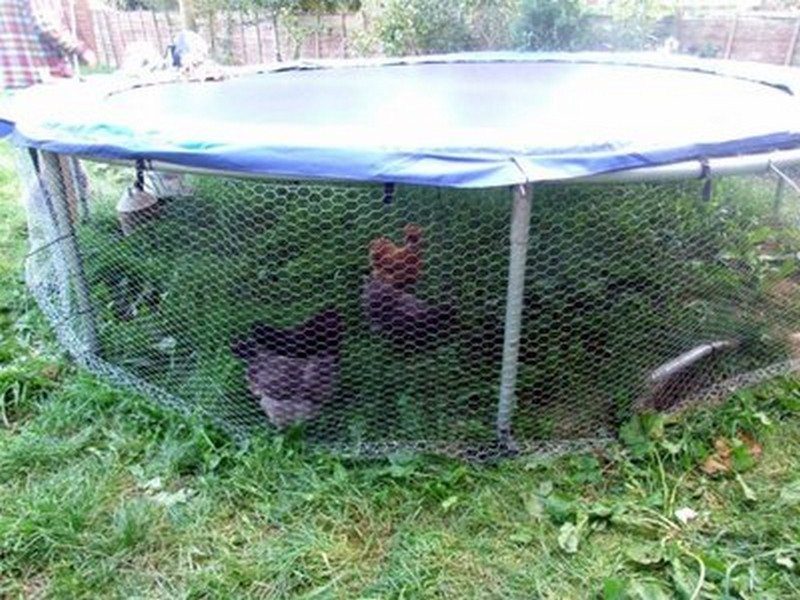
Creating a trampoline chicken coop could be as simple as enclosing the trampoline with chicken wire and lumber or you can add plywood extensions for an improved trampoline chicken coop. Some made drastic changes to the trampoline frame to provide a better, well-ventilated interior.
Enhance their playground with a few extra feet of chicken wire fence surrounding the trampoline. Say goodbye to runaway chickens and hello to endless adventures!
Want to give your trampoline chicken coop an extra boost of security? Look no further than the trusty zip tie! Fasten that fence to the trampoline frame and voila – your feathered friends will be safe and sound. And with a few simple add-ons, you can protect your precious poultry from even the toughest elements. Don’t let your coop go unprotected – upgrade!
A savvy solution is to pop a tarp over your chicken coop! Not only will it shield your bouncy fun from sun and rain, but adding stakes will keep it from flying away in blustery winds. Want even more protection? Tack on a few extra tarps to the sides of the coop and you’ll be weatherproof and worry-free!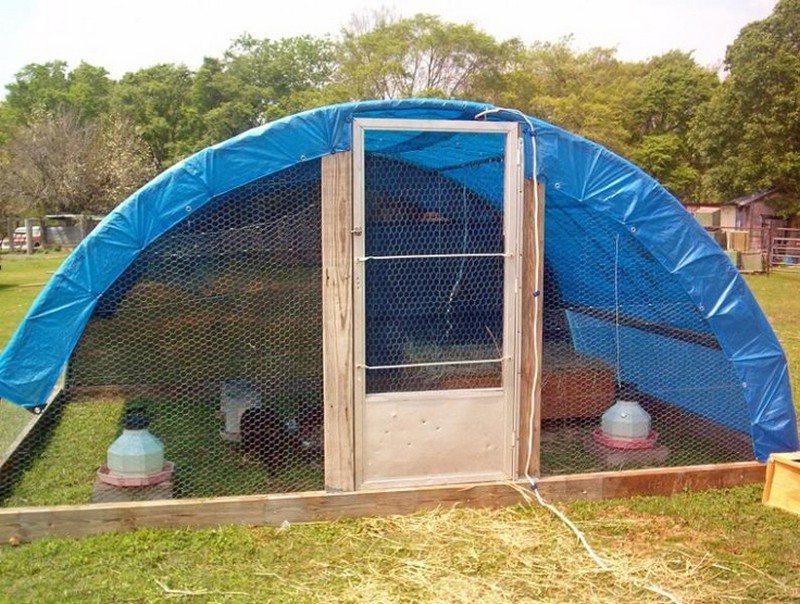
Things to consider when making a DIY trampoline chicken coop:
Building a trampoline chicken coop is the ultimate way to keep your poultry pals safe while adding a dash of whimsy to your homestead. But before you start bouncing around, make sure you think through some key factors. Don’t wing it – plan ahead and give your feathered friends the coop of their dreams!
The size of the trampoline.
Before you bounce into the trampoline trend, make sure it’s spacious enough to pamper your poultry posse in style. A spacious coop promotes a healthier and happier environment, reducing the chances of overcrowding-related stress and territorial squabbles among your feathered companions.
So, before you set your sights on this project, calculate the square footage needed for your specific flock size, ensuring they have sufficient space for a comfortable living environment.
The condition of the trampoline.
Transforming an old, weathered trampoline into a flawless chicken sanctuary is a dream many homesteaders entertain. However, it’s essential to recognize that a trampoline, no matter how beloved its bouncing days may have been, won’t seamlessly transition into a perfect chicken coop.
These feathered residents demand more than just a whimsical wireframe; they require a fortress of safety and reliability.
The location of the trampoline is very important.
You know those sweet little fluff balls need shade and water to survive, right? Trampolines could be so hot. And not in the cool, trendy way. So, if those bouncy contraptions are in the wrong place, your feathered friends might just be feeling the heat!
Yep, they might get too hot and start feeling like they’re melting. Nobody wants that! So, make sure your feathery friends have a way to escape the sun and chill out with some refreshing H2O. Happy chickens make for happy peeps. Don’t let the heat get you or your birds down!
A good drainage system.
A trampoline is a great way to provide your chickens with a dry, safe place to sleep. However, it is important to make sure that the trampoline has a good drainage system to ensure that the chickens do not get wet.
Wet chickens can easily become sick, so it is important to make sure that they have a dry place to sleep.
Be inspired and see the various ways you could turn an old trampoline into a trampoline chicken coop!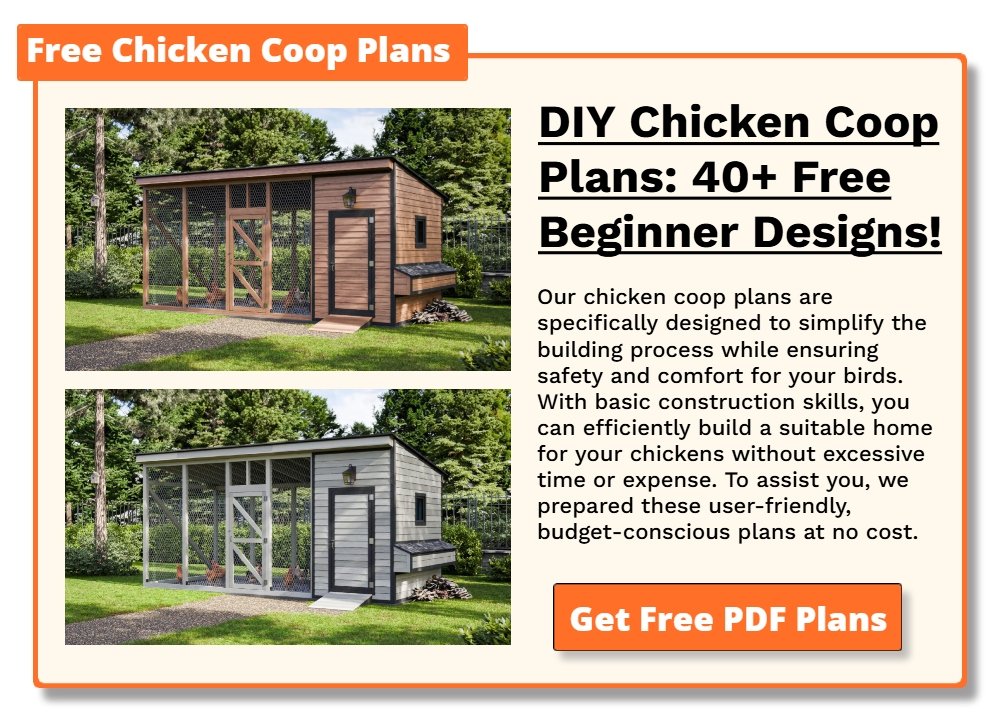
Click on any image to start the lightbox display. Use your Esc key to close the lightbox. You can also view the images as a slideshow if you prefer 😎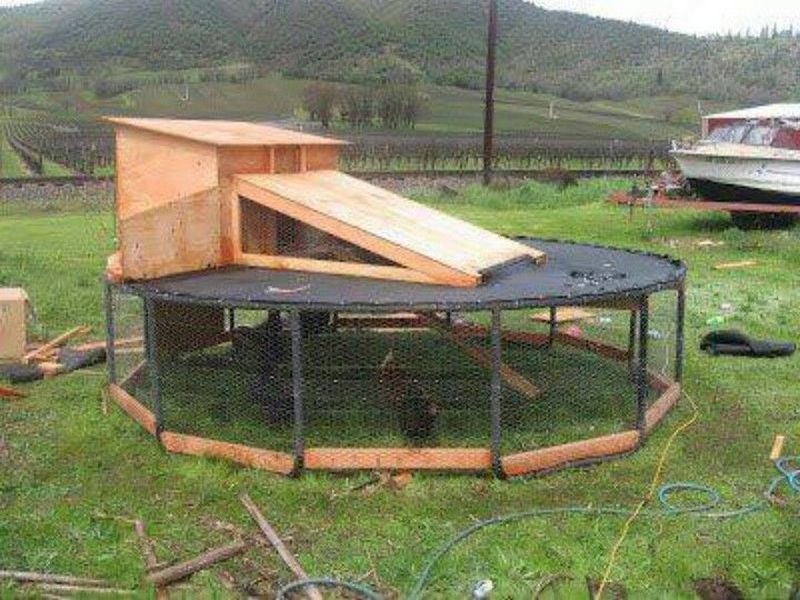
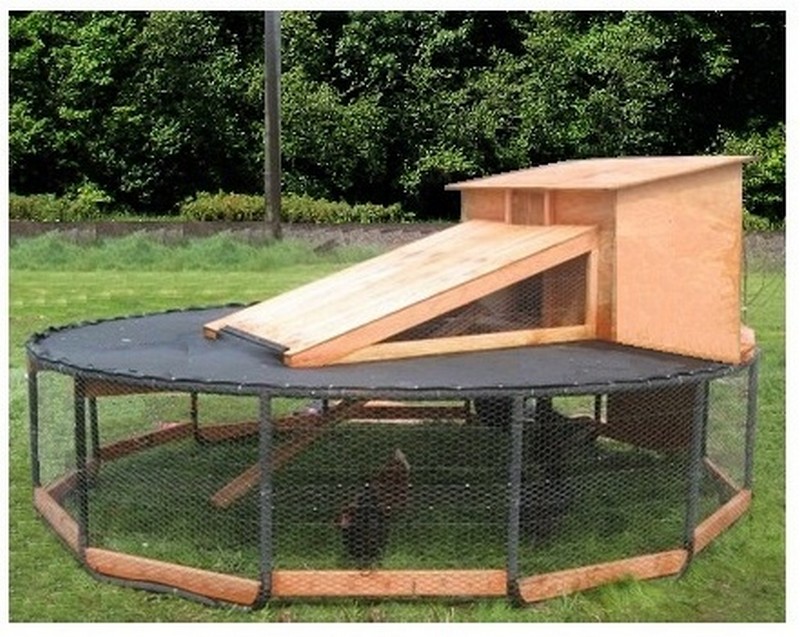
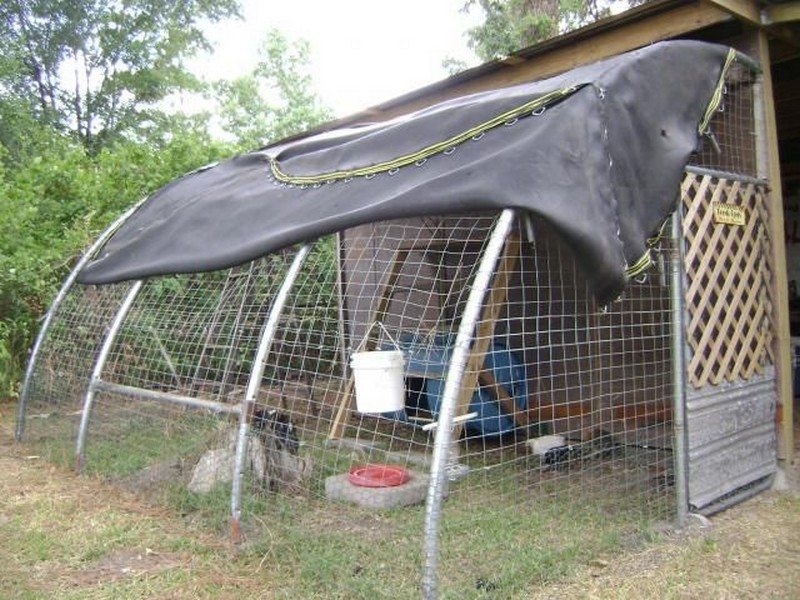
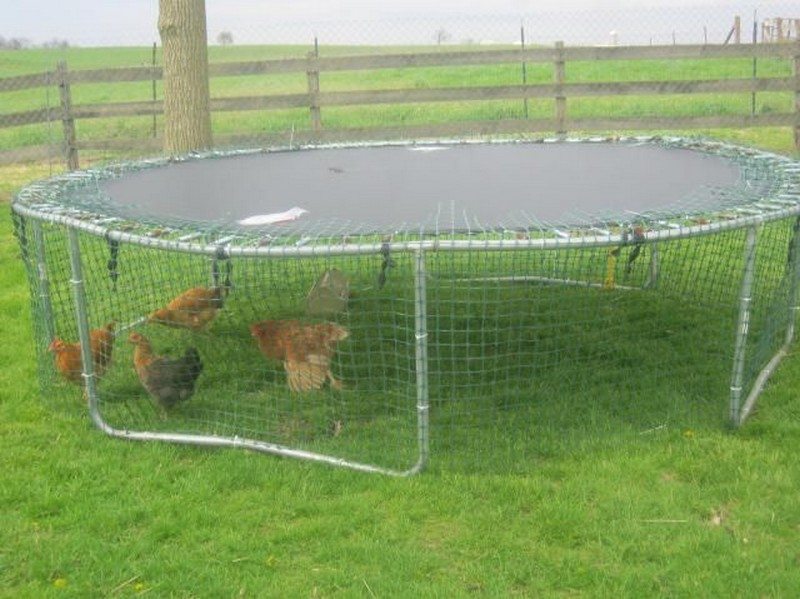
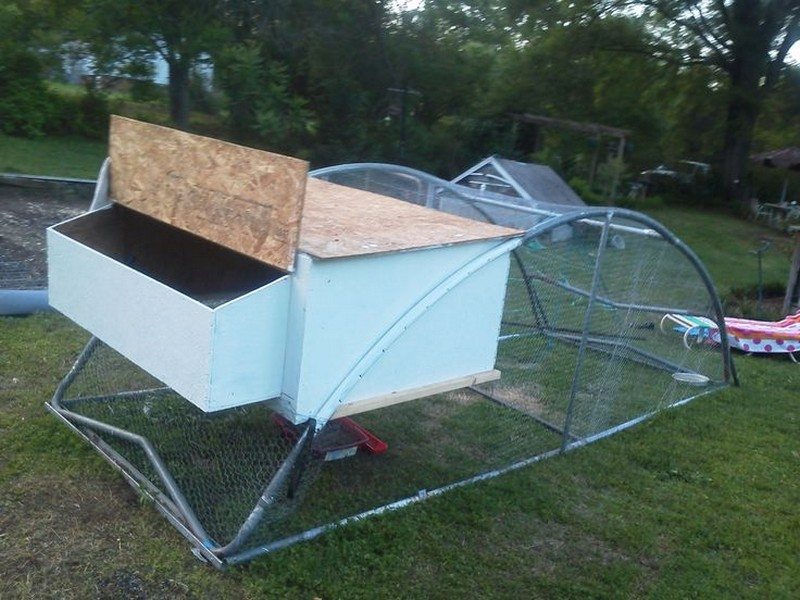


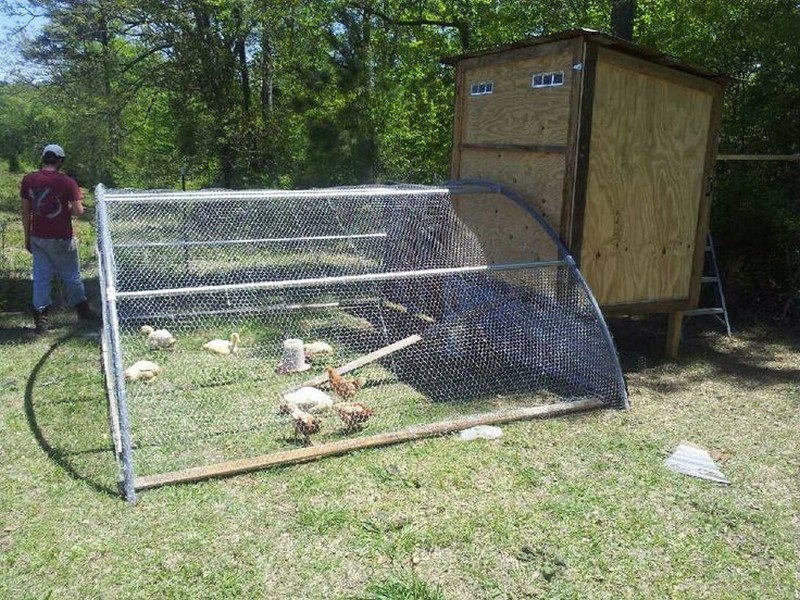
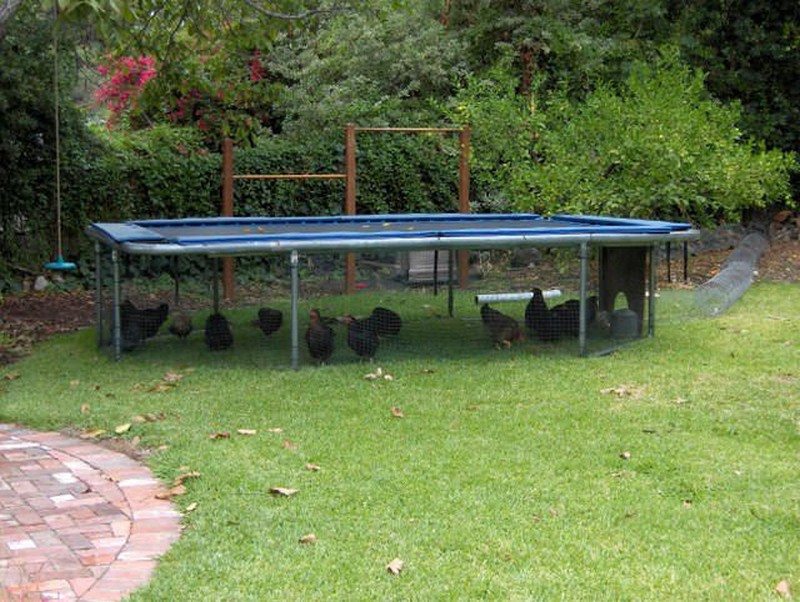



Step-by-Step Guide to Building Your Trampoline Chicken Coop
Building a trampoline chicken coop is a creative and efficient way to house your chickens. This guide will walk you through the process.
Materials and Tools Needed
- Old trampoline frame
- Chicken wire
- Tarp
- Zip ties
- Pliers
- Scissors
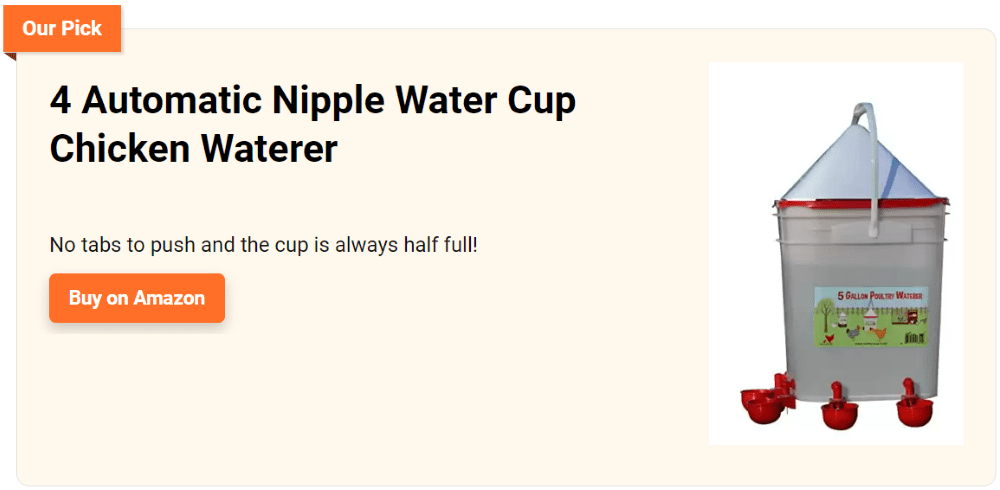
Instructions
- Prepare the Trampoline Frame: Remove the jumping surface from the trampoline. Keep the circular frame, legs, and safety net poles.
- Set Up the Frame: Place the trampoline frame in the desired location. Use the legs to elevate it off the ground.
- Attach Chicken Wire: Wrap chicken wire around the frame. Secure it with zip ties to ensure a tight enclosure.
- Make an Entrance: Cut an opening in the chicken wire for a door. Reinforce the edges with extra wire or a wooden frame for durability.
- Construct the Roof: Use the safety net poles to create a roof frame. Cover it with chicken wire or a tarp for protection.
- Install Nesting Boxes and Perches: Place nesting boxes and perches inside the coop for your chickens’ comfort.
- Check for Safety: Inspect the coop for gaps or sharp edges. Make necessary adjustments.
Choosing the Right Chicken Coop: DIY Trampoline vs. Traditional
Forget the chicken trampoline! While it might seem like a budget-friendly coop option for your backyard, traditional coops offer clear advantages for your feathered friends.
These tried-and-true designs prioritize your chickens’ comfort and safety. They’re built specifically for poultry needs, with ample space to roost, nesting boxes for laying eggs, and secure enclosures to keep predators at bay. Proper ventilation is also a key feature, ensuring your chickens stay healthy and happy year-round.
Plus, traditional coops are customizable to your flock size. This means you can provide enough space to avoid overcrowding, which can stress chickens and lead to disease.
When deciding between a trampoline or a basic diy coop, Sufficient space is vital for chicken well-being. It allows them to roam, forage, and engage in natural behaviors, leading to improved health and overall happiness.
Smaller groups of chickens could manage well in a trampoline coop, whereas larger flocks generally require more space found in traditional coop designs. Consider both the size of your flock and their specific needs when selecting suitable housing.
Moreover, it’s essential to assess your local weather conditions. Traditional coops can be better equipped to withstand extreme temperatures, heavy rainfall, or snowfall. They can be insulated to retain heat during colder months and provide shade during the summer. In contrast, a trampoline coop might not offer the same level of protection against harsh weather conditions.
Matching your project to your skills and available time is key. A realistic assessment of your building abilities will help you choose a coop design that’s enjoyable and achievable. Knowing how much time you can commit upfront will keep the project on track and avoid delays.
While a DIY trampoline coop might seem like a simpler undertaking, ensuring its structural integrity and making necessary modifications can be challenging. Traditional coop plans often come with detailed instructions and are designed to be accessible to builders of various skill levels.
When deciding between a trampoline or a basic DIY coop, several factors should be taken into account. The size of your flock and your yard are closely interconnected.
Advantages of a Trampoline Chicken Coop
Urban homesteaders often face space and resource limitations. A trampoline chicken coop offers innovative solutions. This type of coop brings multiple benefits to urban settings.
Space Efficiency
Urban homesteaders often grapple with the challenge of limited space. A trampoline chicken coop serves as a perfect solution for this issue. Its circular design is a key feature that allows it to fit seamlessly into smaller urban yards. Unlike traditional rectangular coops, the round shape of a trampoline chicken coop takes up less ground area while still providing ample space for chickens. This design ensures efficient use of every square inch of an urban backyard.
Moreover, the elevated nature of a trampoline chicken coop further enhances its space efficiency. Lifting the coop off the ground, not only helps protect the chickens from predators but also frees up ground space beneath. This area can be utilized for other purposes, like gardening or storage, making it a multifunctional addition to a small yard.
A trampoline chicken coop is an ideal choice for city dwellers who want to embrace urban farming without sacrificing too much of their outdoor living space. Its space-saving design and practical functionality address the unique needs of urban homesteading, making it a smart, efficient option for raising chickens in the city.
.Cost-Effective and Sustainable
The concept of a trampoline chicken coop is not just innovative, but also aligns with cost-effective and sustainable living. Utilizing an old trampoline in this manner is a prime example of upcycling. It significantly reduces waste by giving a second life to an item that might otherwise end up in a landfill. This approach demonstrates a commitment to environmental responsibility, a core aspect of sustainable living.
In terms of cost, building a chicken coop from scratch or purchasing a pre-made one can be expensive. Repurposing a trampoline circumvents these high costs. Most of the structure is already in place with the trampoline frame, meaning fewer materials are needed to complete the coop. Additionally, since trampolines are common household items, finding a used one at a low cost or even for free is relatively easy. This makes it an extremely economical choice for urban homesteaders who are often looking for ways to reduce expenses.
Moreover, the durability of trampolines translates to a long-lasting chicken coop with minimal maintenance costs. The materials used in trampolines are designed to withstand outdoor elements, ensuring the coop remains sturdy and secure over time. This longevity further underscores the sustainability of using a trampoline for a chicken coop, as it minimizes the need for frequent repairs or replacements.
Easy to Assemble and Customize
Trampoline chicken coops stand out for their ease of assembly and potential for customization. Their basic structure, primarily the frame, simplifies the construction process. Unlike traditional coops that might require extensive carpentry skills and a variety of materials, trampoline coops use the existing framework of the trampoline. This approach reduces the complexity of the building process, making it accessible even for those with limited DIY experience.
The design of a trampoline chicken coop is inherently flexible, allowing for a high degree of customization. Each homesteader can adapt the basic structure to meet their specific needs and preferences. This could include adding or modifying features like nesting boxes, perches, and feeders to cater to the comfort and well-being of the chickens. The coop can also be customized in size, depending on the number of chickens and the available yard space.
Personalization extends beyond functional aspects. Urban homesteaders can paint the frame, add decorative elements, or integrate the coop into a larger garden design, making it a unique and aesthetically pleasing feature of their urban homestead. This ability to personalize not only enhances the visual appeal of the coop but also allows homesteaders to express their creativity.
Trampoline chicken coops offer urban homesteaders a space-saving, cost-effective, and customizable solution. This innovative approach aligns with the challenges and values of urban homesteading.
Customizing Your Trampoline Chicken Coop
Customizing your trampoline chicken coop is key to ensuring your chickens are comfortable and healthy. A well-customized coop also enhances the overall aesthetic of your urban homestead.
Add Comfortable Nesting Boxes
Nesting boxes are essential. They provide a safe and comfortable space for hens to lay eggs. Consider using materials like wood or sturdy plastic for the boxes. Line them with straw or shavings for added comfort. Place them in a quiet, sheltered part of the coop to make the hens feel secure.
Ensure Adequate Ventilation
Good airflow is critical for your chickens’ health. Install vents or small windows in the coop. This helps regulate temperature and reduces moisture, preventing respiratory issues and the buildup of harmful gases.
Install Roosting Bars
Chickens naturally roost on branches at night. Include roosting bars in your trampoline coop. Make sure they are wide enough for the chickens to comfortably sit on and high enough off the ground to make them feel safe.
Add a Run for Exercise
If space allows, attach a run to your trampoline coop. This gives your chickens more room to move, exercise, and indulge in natural behaviors like scratching and pecking. Ensure the run is secure to protect your flock from predators.
Consider Weatherproofing
Protect your coop from the elements. Cover part of the roof with a waterproof material like a tarp. This keeps the inside dry during rain. In colder climates, insulate the coop to keep your chickens warm.
Add Personal Touches
Finally, personalize your trampoline chicken coop. Paint the frame, add decorative elements, or plant gardens around it. This not only makes the coop more visually appealing but also integrates it seamlessly into your urban homestead.
By customizing your trampoline chicken coop, you create a comfortable, healthy, and attractive environment for your chickens. This enhances their well-being and the productivity of your urban homestead.
Maintaining and Cleaning Your Trampoline Chicken Coop
Regular maintenance and cleaning are crucial for a healthy and safe environment in your trampoline chicken coop. Proper upkeep ensures the longevity of the coop and the well-being of your chickens.
Daily Maintenance Checks
Inspect your coop daily. Look for any damage or wear and tear. Check the integrity of the chicken wire and the stability of the structure. Ensure the water and feed containers are clean and filled.
Weekly Cleaning Routine
Set aside time each week for a thorough cleaning. Remove and replace the bedding material. Clean the nesting boxes and roosting bars. Scrub and disinfect water and feed containers to prevent the spread of disease.
Seasonal Deep Cleaning
Perform a deep clean at least once a season. This involves dismantling the coop as much as possible. Scrub every surface with a safe disinfectant. Check for and repair any structural damage. This is also a good time to check for pests like mites and take preventive measures.
Managing Odor and Waste
To manage odor and waste, consider a regular composting schedule for the chicken manure and old bedding. Chicken manure is rich in nutrients and can be a valuable addition to your garden compost.
Ventilation and Moisture Control
Ensure proper ventilation to control moisture inside the coop. Excess moisture can lead to health issues and promote bacterial growth. Adjust vents or windows as needed to maintain a dry and well-ventilated space.
Pest Control
Regularly inspect for signs of pests like rodents or insects. Keep the area around the coop clean and free of food scraps to discourage pests.
By following these maintenance and cleaning routines, your trampoline chicken coop will remain a safe, clean, and comfortable home for your chickens. This not only promotes the health and productivity of your flock but also makes your urban homesteading experience more enjoyable and rewarding.
FAQ for Trampoline Chicken Coop
Is a trampoline chicken coop suitable for all climates?
How many chickens can a trampoline coop accommodate?
What materials are needed to convert a trampoline into a coop?
How do I protect my chickens from predators?
Can I move my trampoline chicken coop?
How often should I clean the coop?
Do I need a permit to build a trampoline chicken coop?
Can I add an automatic door to my trampoline chicken coop?
What should I do with chicken waste?
How do I ensure proper ventilation in the coop?
Conclusion
A trampoline chicken coop offers an innovative, sustainable, and space-efficient solution for urban homesteaders. By repurposing an old trampoline, you create a cost-effective and eco-friendly home for your chickens that can be easily customized to meet your specific needs. Regular maintenance and cleaning ensure a healthy environment for your flock.
If you liked this project, you will also like viewing these chicken coop ideas…






